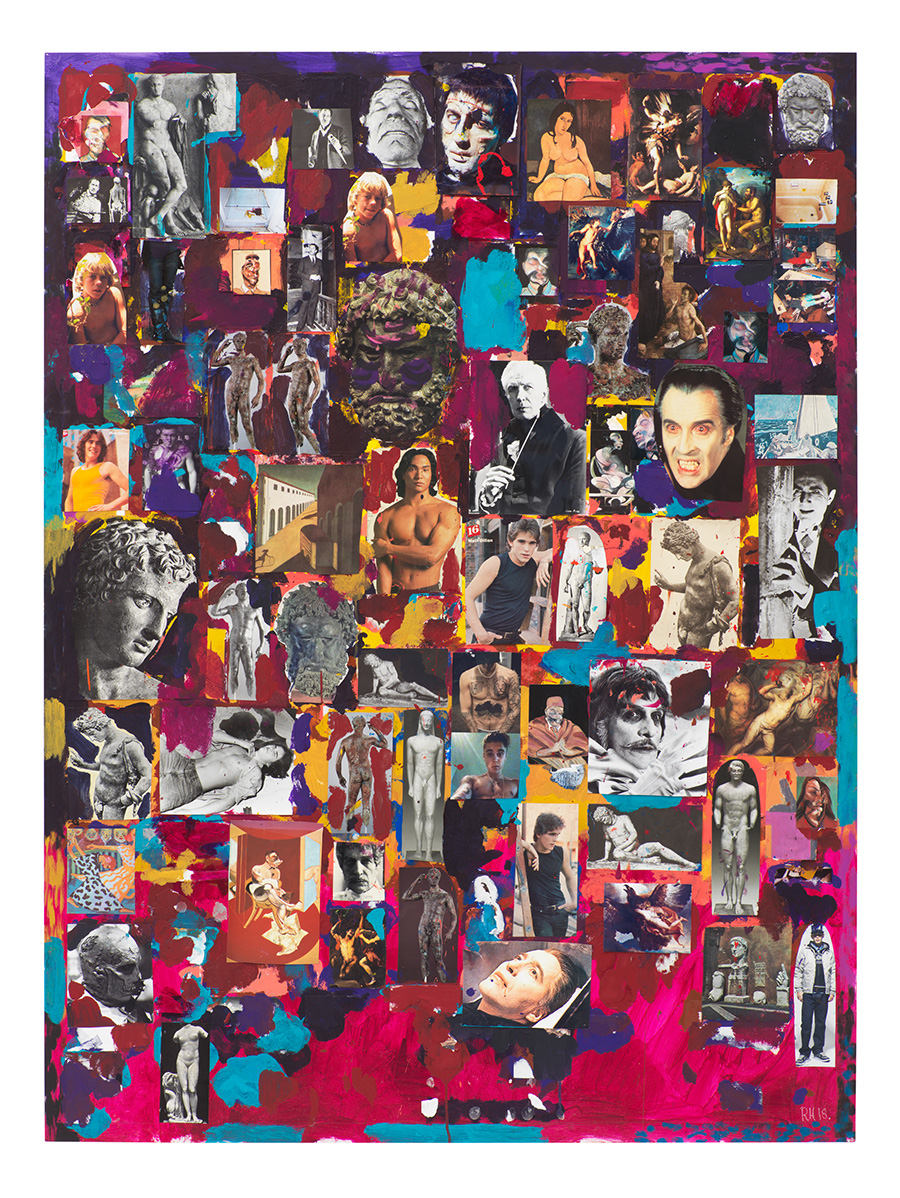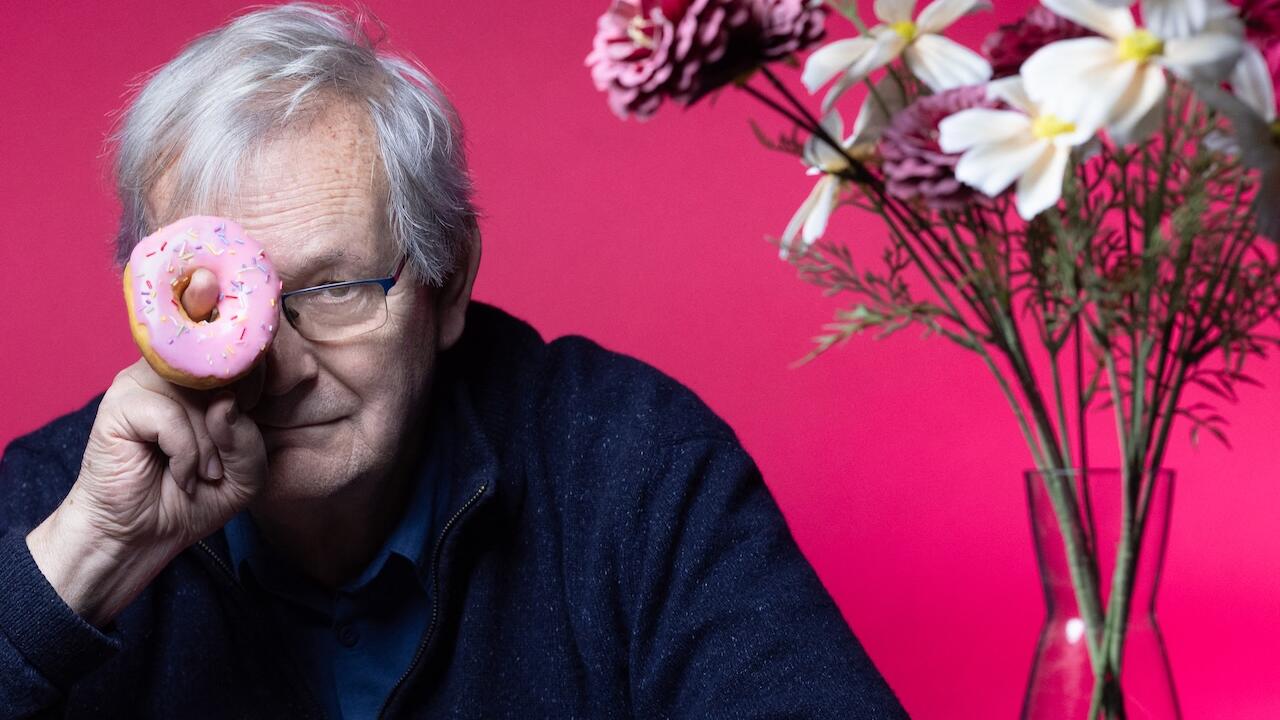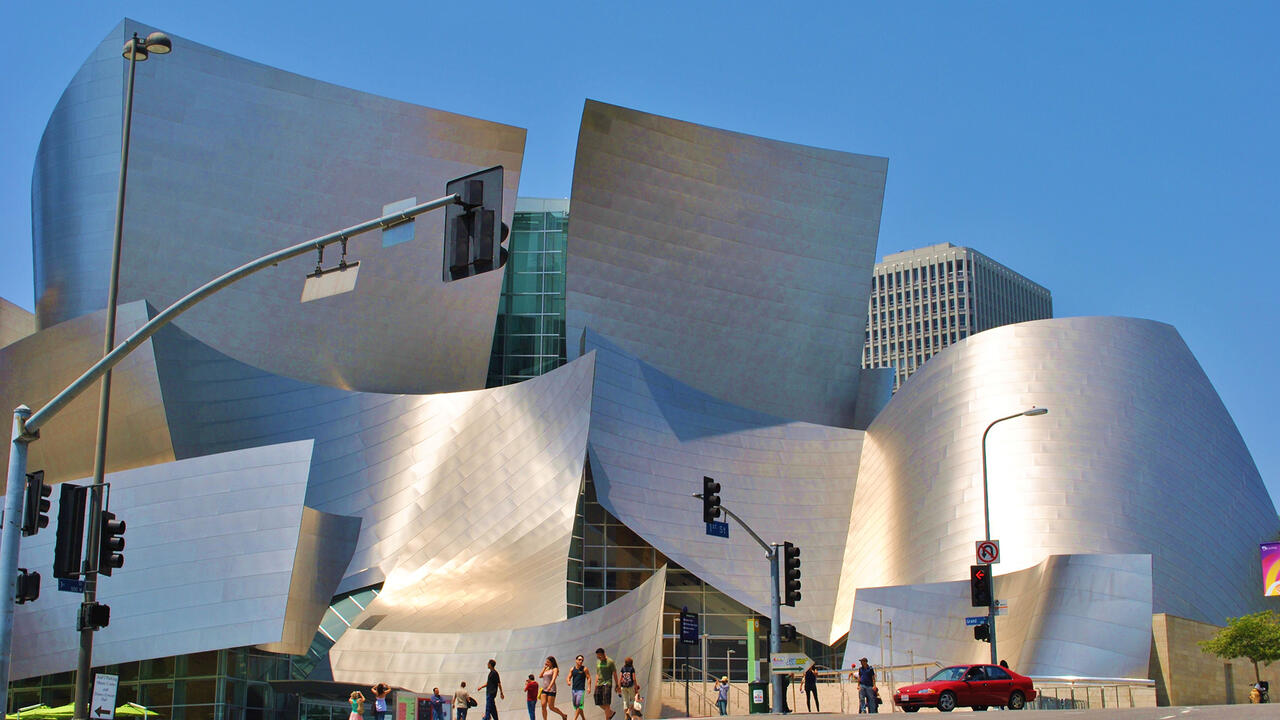Is This A Man’s World? Two Exhibitions in Germany Reflect on the Alleged Crisis of Masculinity
Berlin’s Altes Museum and the Kunstvereins in the Rhineland look at the fabrication of male identity and power
Berlin’s Altes Museum and the Kunstvereins in the Rhineland look at the fabrication of male identity and power

If Tyler Durden – the manifestation of the narrator’s masculinity crisis in David Fincher’s 1999 film Fight Club – were real and alive today, he’d undoubtedly have millions of Twitter followers. An uncompromising misogynist and violent alpha male, Durden is still hero-worshipped today on internet forums as a spokesperson for the men’s rights movement. But is there really any reason to believe that men’s masculinity has been undermined in recent decades? Two current exhibitions – ‘Tough Types’ at Berlin’s Altes Museum and ‘Maskulinitäten’ (Masculinities), a collaboration between the Kunstvereins of Bonn, Cologne and Düsseldorf – shed some light on this question.
‘Tough Types’ traces the evolution of ancient portraiture, exploring the power play between ideal and individual. ‘In Greek portraiture, what counted most wasn’t realistic representation, but the portrayal of a type,’ the Altes Museum director, Andreas Scholl, noted during the exhibition’s press conference. A portrait provided an archetypal notion of the person depicted rather than detailed mimesis. ‘Tough Types’ presents examples of this ancient ideal – which was centred almost exclusively around the concept of sublimity and physical strength – that still shapes our idea of masculinity today, with the faces of the men depicted conveying steely determination. The positioning of two 2015 replicas of the famous Riace Warriors (c.450 BCE) – a loan from Frankfurt’s Liebieghaus and arguably the exhibition’s highlight – at the centre of the Altes Museum’s rotunda feels like a vindication of the quintessential ethos of manliness. The curators aimed to create a ‘fascinating dialogue’ between the two bronze warriors and the marble statues of Greek gods that surround them. Rather than spark a conversation, however, the sculptures’ placement only further accentuates their perfect physiques and powerful appearance. The exhibition as such reproduces stereotypes of masculinity instead of questioning them.

In contrast, ‘Maskulinitäten’ features a broad range of works on the subject: from Carol Rama’s explicit, mid-20th-century drawings to a specially commissioned performance by queer artist Puppies Puppies. At times, pop-cultural references are conflated with Ancient Greek idealism. Richard Hawkins’s series ‘Collage Paintings, Gesture Paintings’ (2018) situates photographs of male actors alongside images of heroic marble sculptures and gay porn in bright collages; Isle of the Dead (2018), for instance, features David Bowie, an Egon Schiele drawing and a seemingly disfigured body from a performance by Günter Brus. These works feel like campy prisms of masculinity: partly idealizing, partly objectifying and exposing. Hawkins’s depictions of sublimity, fragility, violence and sex speak of a desire to both evoke and mock the concept of manliness: this is masculinity as gesture.
With its plural title highlighting the various facets of masculinity, the exhibition ‘aims to destabilize patriarchal and heteronormative notions of gender’, as the all-female curatorial team put it in the exhibition text. No assumption is made that the entitlements pertaining to male identity are a thing of the past. ‘The discrepancy between the vocabulary that queer theory provides us with and the actual political reality has probably never been vaster,’ says Miriam Bettin, curatorial assistant at Kölnischer Kunstverein. The art world, she adds, isn’t free from this. ‘Just think of female nudes by male artists: a common trope in art history. Female art depicting male bodies, however, is still more likely to be seen as provocation, and more prone to censorship.’

A number of works on display reflect the tension between a potentially changing idea of masculinity – and gender roles as such – and a persevering patriarchal logic, by means of animal symbolism. Allison Katz’s series of cockerels (2014–ongoing) depicts them as noble yet expressionless creatures, reduced to one purpose: the pursuit of food. (This is underscored by actual grains of rice that the artist has affixed to the paintings’ surfaces.) Jonathas de Andrade’s video O Peixe (The Fish, 2016) depicts Brazilian fishermen engaging in a ritual of embracing their catch moments before its death, with the resultant tension between affection and domination driving these compelling images. Elsewhere, Jana Euler’s large shark paintings (‘Great White Fear’, 2018–19) are easily readable as phallic caricatures of male power and its fabrication. When the works were first shown this spring at Galerie Neu in Berlin, they were also widely understood as a footnote to the art market: over 70 percent of participating galleries at this year’s Berlin Gallery Weekend hosted solo shows by white men.

In her classic text of feminist philosophy, The Second Sex (1949), Simone de Beauvoir argues that men, unlike women, experience no contradiction between their gender and their ‘vocation as a human being’. Given the debate on the alleged crisis and toxicity of masculinity in recent years, we might imagine De Beauvoir’s assessment is now waning in validity, that men and women are, in fact, beginning to question old concepts of manhood. Needless to say, we’re not yet there. Not only does the question of how to define masculinity remain uncertain, but also how to critique it. A reality that makes exhibitions like ‘Maskulinitäten’ all the more urgent.
‘Tough Types’ runs at Altes Museum until 29 September 2020. ‘Masculinities’ is on view at Kölnischer Kunstverein, Bonner Kunstverein and Kunstverein Düsseldorf through 24 November 2019.
Main image: Puppies Puppies (Jade Kuriki Olivo), Sex Dolls (Trans), 2019, 9 inflatable sex dolls, 1,5 × 5,1 m. Courtesy: the artist and Galerie Barbara Weiss, Berlin ‘Maskulinitäten’ (Masculinities), 2019, installation view, Kölnischer Kunstverein. Photograph: Mareika Tocha




















